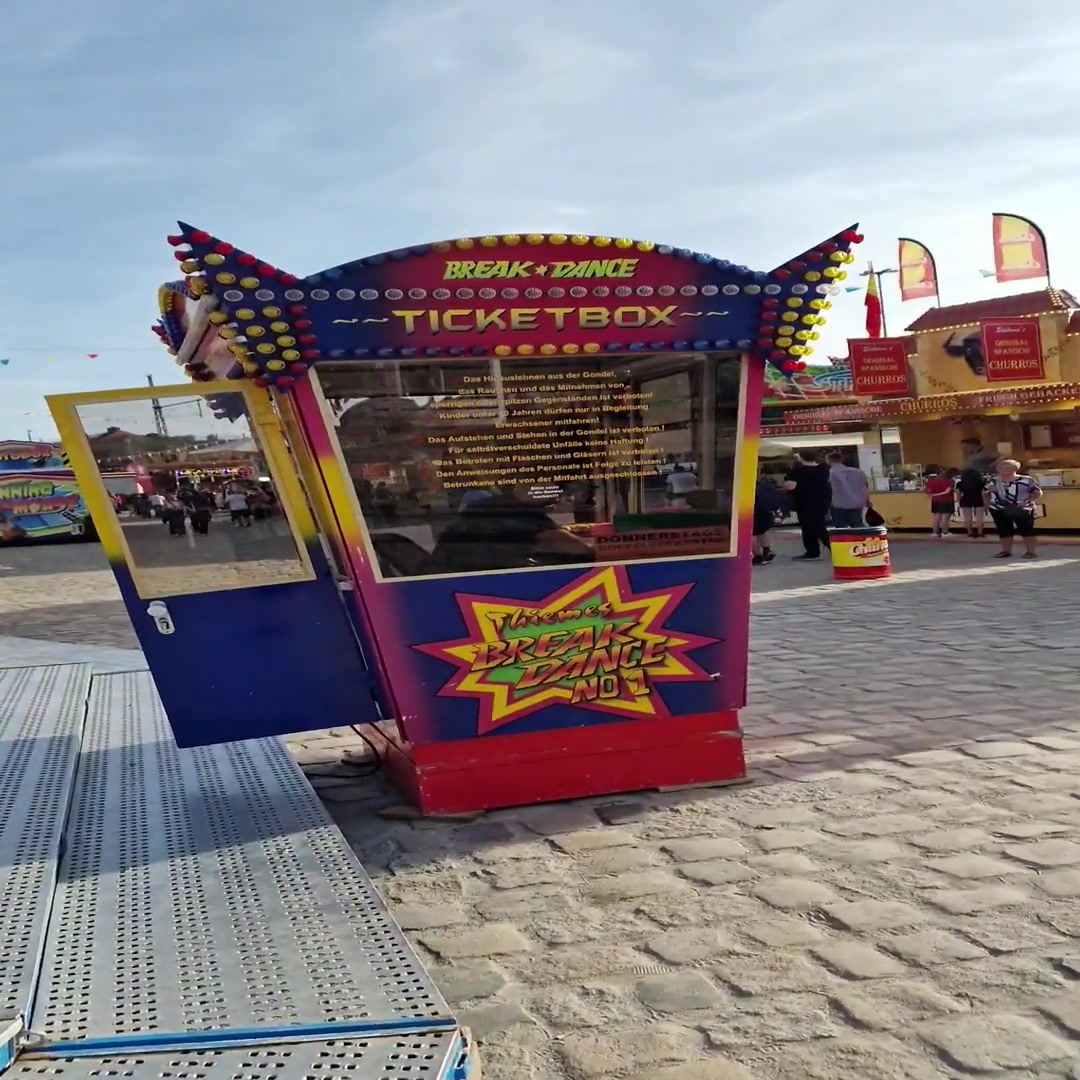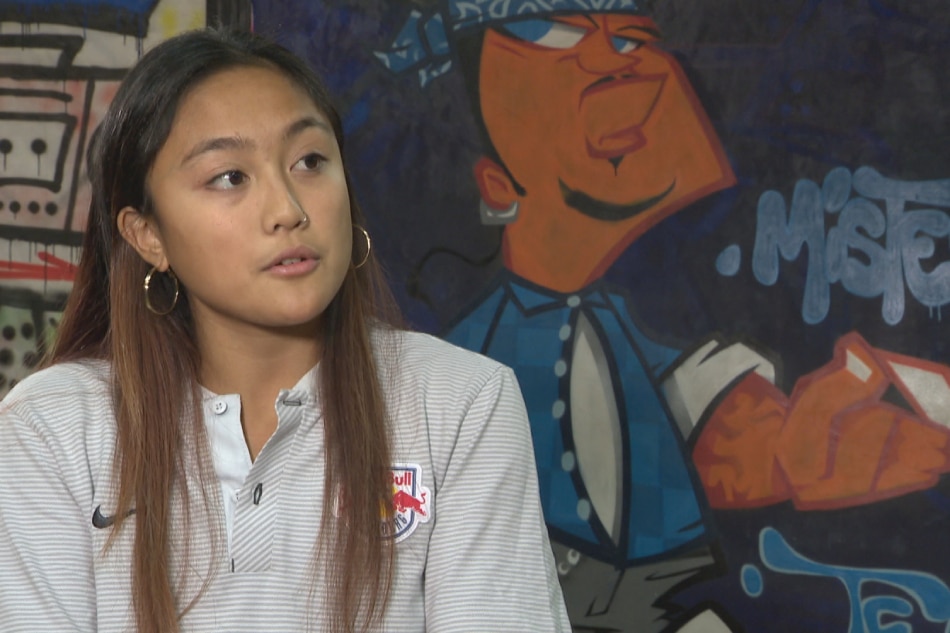History and Evolution of Breakdancing: Ami Breakdancer

Breakdancing, a dynamic and expressive dance form, has captivated audiences worldwide with its intricate footwork, gravity-defying acrobatics, and captivating rhythm. Its origins trace back to the vibrant streets of the Bronx, New York City, in the 1970s, where it emerged as a cultural phenomenon rooted in the energy and creativity of the urban community.
Early Influences and Pioneers
Breakdancing’s roots lie in the fusion of various street dance styles that were prevalent in the Bronx during the 1970s. The electrifying energy of funk music, the rhythmic precision of salsa, and the improvisational nature of jazz all played a pivotal role in shaping the early forms of breakdancing.
- The Rock Steady Crew: Widely regarded as one of the pioneers of breakdancing, the Rock Steady Crew emerged in the mid-1970s, combining elements of street dance, martial arts, and acrobatics. Their innovative moves, such as the “windmill” and the “backspin,” set the stage for the evolution of breakdancing.
- The Furious Five: Known for their dynamic performances and powerful music, the Furious Five were another influential group that helped popularize breakdancing. Their signature move, the “top rock,” became a staple of breakdancing routines.
- The Magnificent Force: This crew, founded by the legendary “Crazy Legs,” pushed the boundaries of breakdancing with their intricate footwork, innovative power moves, and theatrical flair. They were instrumental in developing the “freeze,” a signature move that involves striking a dramatic pose at the end of a sequence.
Breakdancing Styles and Subgenres
Breakdancing encompasses a wide range of styles and subgenres, each with its unique characteristics and aesthetic appeal.
- Top Rock: This style focuses on rhythmic footwork and body movements performed on the spot. It often involves intricate foot patterns, quick transitions, and synchronized movements.
- Down Rock: Down rock refers to the floorwork element of breakdancing, characterized by intricate footwork, spins, and intricate transitions. It requires exceptional balance, coordination, and control.
- Power Moves: These are the gravity-defying acrobatic moves that breakdancers perform, such as backspins, windmills, flares, and headspins. Power moves require incredible strength, flexibility, and athleticism.
- Popping: This style involves a series of quick, jerky movements that create a “popping” effect. Popping dancers use their muscles to create a series of contractions and releases, resulting in a visually dynamic and rhythmic style.
- Locking: Locking is characterized by sharp, precise movements that are held in a “locked” position before transitioning to the next move. It often incorporates elements of funk, jazz, and hip-hop, resulting in a highly energetic and expressive style.
A Timeline of Breakdancing History
| Year | Event |
|---|---|
| 1970s | Breakdancing emerges in the Bronx, New York City, as a fusion of street dance styles. |
| 1977 | The Rock Steady Crew forms, pioneering the development of breakdancing. |
| 1980s | Breakdancing gains mainstream popularity, fueled by the release of the movie “Beat Street” and the rise of hip-hop culture. |
| 1984 | The first World Breakdancing Championships are held in New York City. |
| 1990s | Breakdancing continues to evolve, with new styles and subgenres emerging. |
| 2000s | Breakdancing experiences a resurgence in popularity, driven by the emergence of new dance crews and the inclusion of breakdancing in video games and popular culture. |
| 2018 | Breakdancing is officially recognized as a sport by the International Olympic Committee. |
Breakdancing Culture and Community

Breakdancing, born on the streets and nurtured by the spirit of urban expression, is more than just a dance form; it’s a cultural phenomenon that has profoundly impacted youth culture worldwide. It’s a testament to creativity, resilience, and the power of self-expression, where individuals find their voice and connect with a global community united by a shared passion for movement and music.
The Cultural Significance of Breakdancing, Ami breakdancer
Breakdancing emerged as a powerful voice for marginalized youth in the 1970s, particularly in the Bronx, New York. It provided a platform for expression, allowing young people to challenge societal norms and express their individuality. The dance form quickly transcended geographical boundaries, becoming a global phenomenon that resonated with young people across diverse cultures.
Breakdancing’s cultural significance lies in its ability to foster a sense of belonging and community. It transcends socioeconomic and cultural barriers, uniting individuals through a shared passion for movement, music, and self-expression. Breakdancing provides a space for creativity, innovation, and personal growth, empowering individuals to embrace their unique talents and challenge conventional norms.
Ami breakdancer, that’s what they call me! Spinning and popping, my moves are hotter than a chili pepper. Reminds me of another young star on the rise, actor Colin Farrell’s son , who’s making waves in Hollywood. Just like him, I’m aiming for the top, one breakdance move at a time!
Ami breakdancer, spinning and popping like a top, full of energy and joy! It’s amazing how people can move their bodies in such incredible ways. Just like those fighting for change, like the Dunkin’ Donuts boycott rumble , they’re using their voices and actions to make a difference.
Ami breakdancer, inspiring us all to move and groove for a better world!